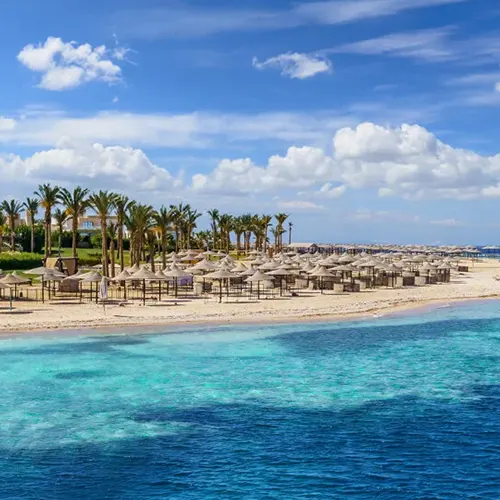
Al Rifa’i Mosque is located on Salah Al‑Din Square, overlooking Salah El-Din Citadel. It is one of the royal mausoleums that do not back to ancient Egyptian civilization, but it belongs to members of the royal family of Muhammad Ali Pasha.
The history of Al Rifa’i Mosque Ottoman queen Hoshiyar Hanim, the mother of Khedive Ismail, ordered to construct this building during the 19th century to be the mausoleum of the royal family.
The mosque was constructed in two phases, During the first phase, the architect Hussein Pasha Fahmi was responsible for establishing this building, as he imported materials from Europe for building as Italian marble. In Addition, he used cement in the building, which is considered the first Islamic monument built by cement.
Unfortunately, after the death of Hussein Pasha Fahmi, the construction in the building was stopped. The work was resumed in 1905 when the Khedive Abbas II ordered to complete the construction of this building.
The mosque is named with Al Rifa’i Mosque on the name of Imam Ahmad al‑Rifa’i, who founded the Rifa’i tariqa (Sufi path). Although Imam Ahmad al‑Rifa’i was not buried in this mosque, Sufi celebrate annually in the mosque commemorating his birth.
The design of the mosque:
- The mosque is divided into two parts:
- The first part is the mosque as a home for the local traditional Sufi path, as well as it is a section dedicated to pray.
- The second part is dedicated for bury members of the royal family of Muhammad Ali Pasha, as Khedive Ismail, his mother Hoshiyar Hanim, Kings Fuad I, King Faruq, and Mohammad Reza Pahlavi, the last Shah of Iran. Reza Shah of Iran was buried in Al Rifa’i Mosque, but after World War II, his corpse was transferred to Iran. In addition, three dedicated shrines for Al Rifa’I, Ali Abi-Shubbak, and Yahya al-Ansari.




